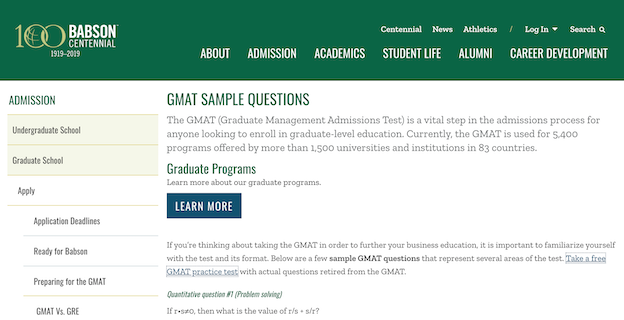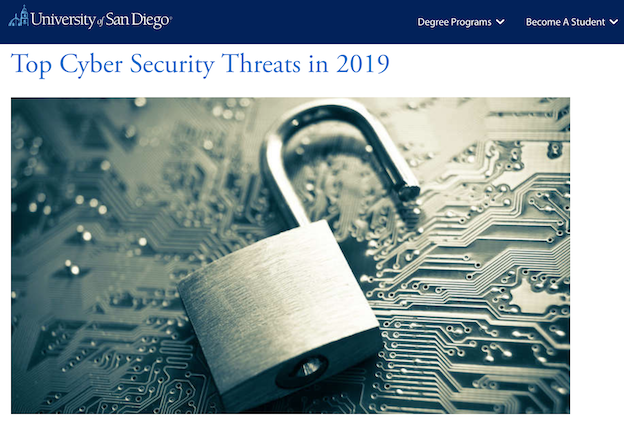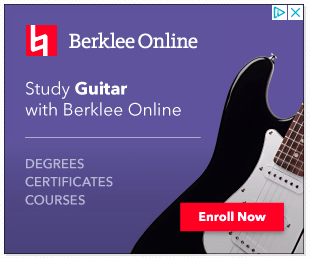
Student Recruitment: How SEO Can Increase Enrollment
SEO is not a channel that can be directly funded. Rather, ‘doing more SEO’ is really a series of business decisions designed to grow, sculpt, or otherwise influence your organic traffic.
Higher education marketing professionals often wear many hats when managing digital efforts at their institution, either with the partnership of an agency or in a smaller in-house team. Often, SEO is misunderstood as a channel that can be funded in the same way a paid search or digital media campaign may be. And while the leads that come through organic search are just as valuable (dare I say, more valuable?) than those that are purchased through a controlled spend for pay-per-click advertising or landing page form captures, there is no control that allows you to influence the velocity through which you are capturing leads from organic searchers.
The reality is that SEO is not a channel that can be directly funded. Rather, ‘doing more SEO’ is really a series of business decisions designed to grow, sculpt, or otherwise influence your organic traffic. These business decisions typically mean the allocation of resources into things like content, copywriters, developers, server infrastrastructure, and agency partners or consultants.
In most higher education environments, major marketing decisions are rarely made by the internal marketing team in a vacuum. They require buy-in from multiple groups across the organization — IT, Procurement, HR, and subject matter experts. As a result, you’re going to have to be prepared to communicate the value of your SEO strategy to many different audiences with many different measures of success.
Communicate SEO Value in the Univer$al £anguag€
The challenge that many SEO consultants have in meeting these different audiences is a common language. In the past, the typical perception of an SEO consultant was a college dropout living out of their parents’ basement, attempting to crack Google’s algorithm whilst drinking Mountain Dew in their underwear. This is a stereotype, but it’s also not entirely unfair for relatively nascent, underground industry of search engine optimization.
Now, perceptions have changed as nearly all brands recognize the importance of their organic traffic and these cave-dwelling practitioners have taken showers and entered professional marketing organizations. The SEO expert is now a widely valued member of the larger digital and brand marketing team.
Making the Case: Using SEO Strategies to Increase Student Enrollment
The problem is, that while marketing organizations have integrated SEO best practices and strategies into their digital operations, they haven’t bothered to change the language to communicate the value of SEO investments. The words “domain authority” don’t resonate in the boardroom. Budget allocations were never justified for “link bait.” New hire and staffing decisions have never been made as a means to flow more “link juice.” Too often, we’re missing the opportunity to communicate the value in a commonly understood metric. In this case, money.
Of course, this requires at least a predictive level of downstream understanding of the ROI of your SEO investments. The decision-makers on campus rarely care about traffic as an end goal. Rather, what does that traffic mean in terms of enrolled students? Traffic is cool, rankings are cool, but when does that start to impact the bottom line. Here’s a few examples of what to say/not to say:
Less of this:
“We need to hire writers for a content marketing blitz designed to dominate the rankings for our PPC keywords.”
More of this:
“If we were able to obtain organic traffic for keywords related to this topic, this could save us $10k in ad spend each month. Creating content that could attract that traffic would represent a one-time upfront investment of $15k. I’m sure you would agree this would be a sound investment.”
Less of this:
“We need to move to a cloud platform-as-a-service provider to increase our website speed scores.”
More of this:
“We know that students from India and China represent a significant enrollment growth area for the institution. By transitioning off our older server infrastructure, our website will be better able to deliver brand awareness, website traffic, and leads internationally.”
In both these scenarios, there is a level of context to the conversation that is broader than traditional SEO metrics. Like all budgetary appeals, this context is critical in higher education SEO investment discussions.
The Built-In .edu Advantage for SEO
SEO success tends to be more serendipitous in higher education than other industries. This may be fortuitous, but is not by coincidence or search engine error.
A quick examination of your institution’s top organic landing pages will likely contain some surprises. That’s because websites in the .edu domain are like SEO Ferraris running on premium fuel. They have so much backlink equity built up in them from thought leadership, academic scholarship, and inherent brand trust that when content is posted on these domains, it tends to rank very well with very little effort and, often, not even by design.
That’s why it’s not uncommon to see blog posts, news stories, or even job listings ranking in the first three organic search results for competitive keywords. Cross-referencing any oddities you find in your top organic landing pages with your keyword referral data in Google Search Console will often surface those keywords that are driving this mysterious traffic.
But even a small amount of blocking-and-tackling, nuts-and-bolts SEO work will likely yield a substantial return in terms of improving keyword rankings, generating more qualified traffic, and ultimately increasing organic leads.
Layer in Some Intentionality to Leverage SEO to Increase Student Enrollment
Doing the basics of customizing your metadata, eliminating your broken links, and other table-stakes SEO work will only bring you so far. With the understanding that the marketplace demand for your degrees, programs, or other educational products is somewhat static, it’s imperative you find ways to grow your ability to impact potential prospects.
That’s where introducing some level of intentionality into your content planning comes into your SEO game plan. Now, we’ve already addressed how you can justify the resources you need to create content, so now we have to determine the types of content you want to create to help you reach your audience. This is where you have to be creative in identifying the meeting points between the interests of your potential prospects and your institution’s brand identity. Here are a few examples of some successful content marketing strategies employed in higher education:
-
Babson College leveraged a partnership with The Economist in which they published a handful of GMAT sample questions, including a presence on their primary domain that was eligible to rank in organic search results. Despite being several years old at this point, their landing page still ranks on page one of Google’s search results for the competitive phrases like “gmat sample questions.”
From afar, this appears successful not only for its ability to drive pure traffic, but the intent of those searching for GMAT test questions screams of that of someone directly in the recruitment funnel for a business school. Nearly all of the users who reached this page via organic search could logically be considered qualified leads. Pages like this represent an excellent opportunity to cross-merchandise your related educational programs or products.

-
Expanding our notion of what we might traditionally think of as “content,” the Berklee College of Music invested in building an online guitar tuner, reinforcing the idea that tools or experiences can be even more memorable than traditional content mediums.
This strategy was similarly aligned with a business initiative for the institution as they launched this tool in concert with a new fully-online guitar degree program. Despite having fallen off recently, their tool ranked on the first page of search results for terms like “online guitar tuner.” Though traffic to this page may have been accessed with a wider cross-section of user intent, it was still close enough to the brand’s identity to create valuable experiences.

-
Working even higher up in the funnel, it was interesting to find a blog post from the University of San Diego ranking on the first page of search results for “cybersecurity threats”. Given the B2B competition for traffic for similar phrases, this is a clear example of the power of a .edu domain being leveraged to garner tangentially-qualified traffic.

Content Marketing as an Enrollment Strategy
The fun doesn’t stop there! Rankings and traffic can be fleeting, but well-executed content marketing tactics can continue to add value even after the initial surge of traffic fades. In fact, organic traffic, when curated properly, tends to be a boon to ongoing digital media campaigns.
In a digital display media landscape with inflated impression-to-click ratios, and few qualified leads, organic search landing pages like those above represent an incredible opportunity to place your institution’s retargeting pixels on the browsers of a pool of users whose intent is implied simply from their consumption of the content.
Here you’ll see Berklee inferring my interest in guitar because I visited their tuner page, and serving me with targeted guitar-related creative in Facebook retargeting ads.

Aligning the content and messaging of your display advertising with these intentions allows you to introduce an additional level of sophistication and quality to your campaigns. These audiences are smaller, but they are also more focused and qualified pools, allowing your institution to continue to gain exposure long after the initial interaction with your content.
Crossing the River
Digital marketers are notoriously siloed when defining the success metrics of their discipline. There is always an inherent handoff between those generating impressions, garnering clicks, prompting conversions, and making sales, but at a holistic level we’re all beholden to creating elegant and cohesive web experiences. SEO efforts are a critical consideration for any integrated digital teams.
The student consumer journey is long and nuanced, but success is generally well-defined. If we think of our customer’s journey as successfully navigating a boat across a river, there will always be a time where we need to fuel up the engines and point our motors against the current to reach the other side. But the magic of a well-executed SEO strategy reveals itself in earnest upon catching the wind in our sails.
This post was updated from an article originally published in 2019.